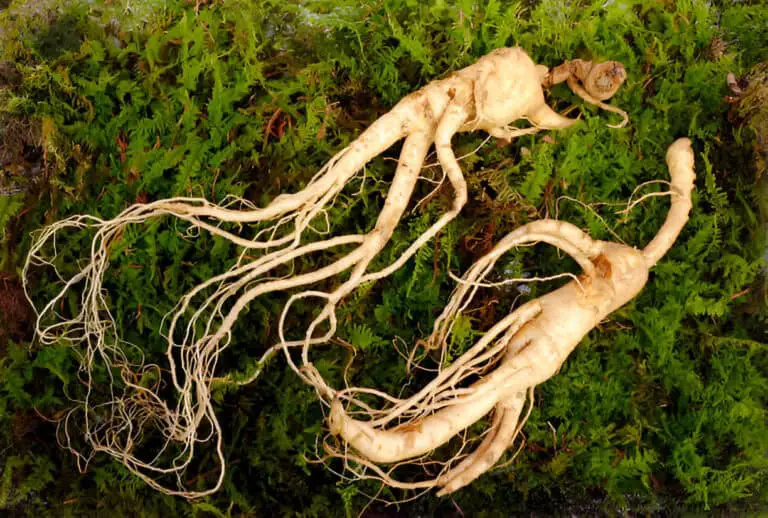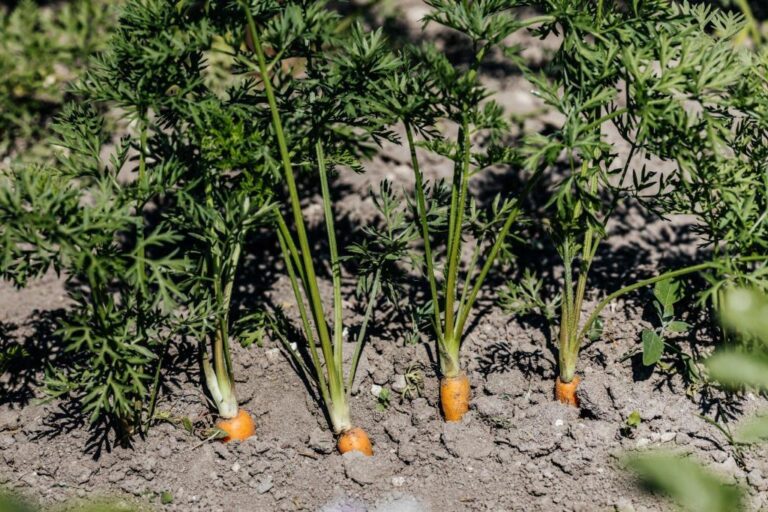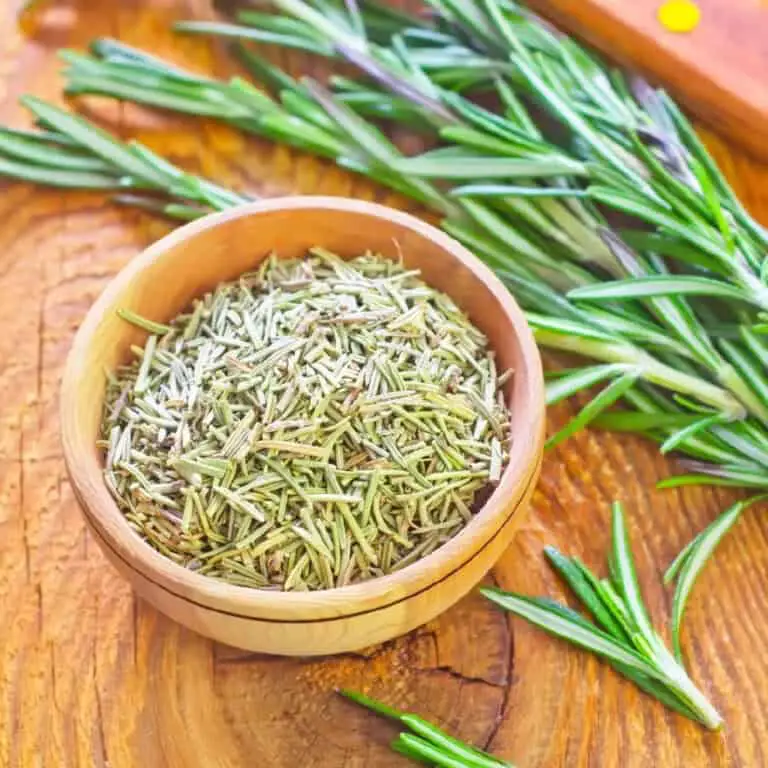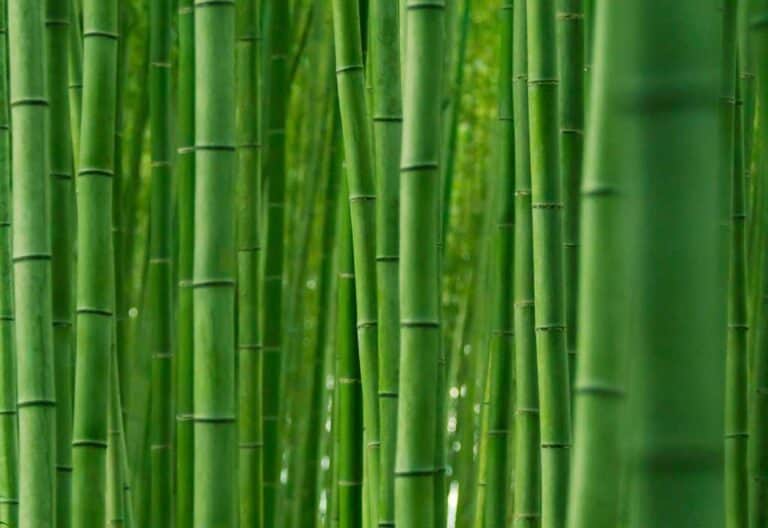How Much Soil Depth and Space to Plant Moss?
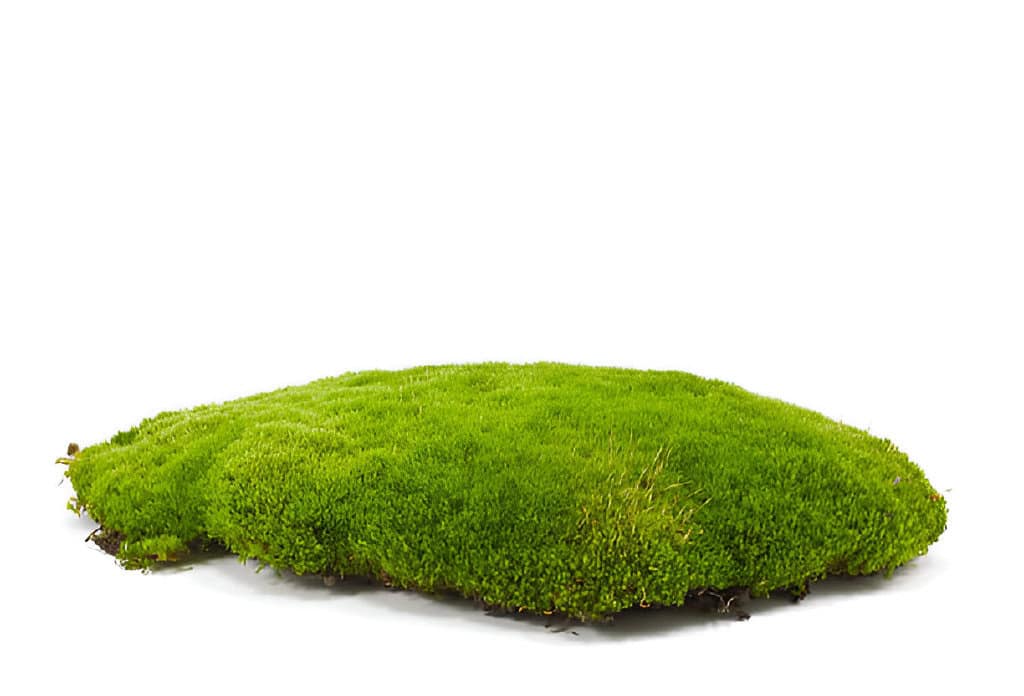
Have you ever wondered how much soil moss requires to flourish in your garden or landscape? Moss, known for its resilience and beauty, has specific requirements when it comes to its growing medium. Understanding the right amount of soil and substrate for moss is essential for creating lush, green patches.
This article will explore moss cultivation. We’ll look at the best soil depths and substrates for healthy moss growth. These insights will help you create beautiful moss gardens. They will improve your outdoor spaces.
Understanding Moss and Its Soil Needs
What is Moss?
Mosses are small, non-vascular plants that thrive in moist, shaded environments. They don’t have traditional roots but possess rhizoids, which help them anchor to surfaces and absorb water and nutrients.
Importance of Soil for Moss
Although mosses can grow on various surfaces, including rocks, tree trunks, and compacted soil, the quality and type of soil play a crucial role in their growth and spread.
Ideal Soil Conditions for Moss
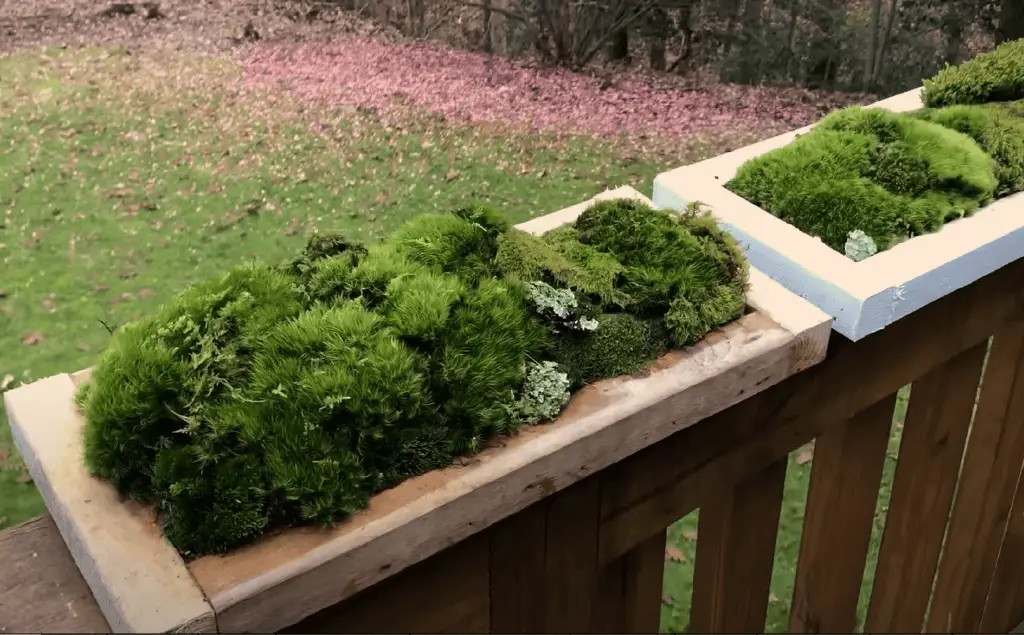
Soil Type
Mosses prefer specific soil conditions:
- Acidic Soil: Moss thrives in acidic environments with a pH between 5.0 and 6.0.
- Compacted Soil: Unlike most garden plants, mosses grow well on compacted soil, which retains moisture better.
- Low Nutrient Soil: Mosses do not require nutrient-rich soil and often flourish where other plants struggle.
Soil Moisture
Consistent moisture is vital for moss growth. Mosses absorb water through their leaves. So, the soil must stay moist but not waterlogged.
Preparing the Soil for Moss
Steps to Prepare Soil
- Clear the Area: Remove any existing vegetation, debris, and large rocks from the area where you plan to grow moss.
- Test Soil pH: Use a soil testing kit to ensure the soil pH is between 5.0 and 6.0. Adjust the pH if necessary by adding sulfur to lower the pH.
- Compaction: Lightly compact the soil to create a firm surface. Moss adheres better to compacted soil than loose, aerated soil.
- Moisture Maintenance: Ensure the area remains consistently moist. Water the soil regularly to keep it damp. This is especially important during the initial establishment period.
Planting Moss
Methods of Planting
There are two primary methods to plant moss: transplanting and spreading moss slurry.
Transplanting
- Collecting Moss: Gather moss from areas where it is already thriving, such as shaded garden spots or forest floors.
- Preparing the Moss: Gently remove any soil attached to the moss and divide it into smaller pieces.
- Placing the Moss: Lay the moss pieces on the prepared soil, pressing them firmly to ensure good contact.
Spreading Moss Slurry
- Creating the Slurry: Blend a handful of moss with buttermilk or yogurt. Add a bit of water. The mix should be like a milkshake.
- Applying the Slurry: Spread the moss slurry evenly over the prepared soil using a brush or your hands.
- Maintaining Moisture: Keep the area consistently moist to encourage the moss to establish and grow.
Caring for Moss
Watering
- Frequency: Water the moss regularly to keep it consistently moist, especially during dry periods.
- Method: Use a gentle spray or mist to avoid displacing the moss.
Shading
- Natural Shade: Moss prefers shade. So, choose spots under trees or structures that provide it.
- Artificial Shade: If natural shade is not enough, use shade cloths to protect the moss from direct sunlight.
Maintenance
- Weed Control: Remove any weeds or invasive plants that might compete with the moss for space and resources.
- Debris Removal: Regularly clear fallen leaves and debris to prevent them from smothering the moss.
Common Problems and Solutions
Drying Out
- Problem: Moss dries out and turns brown.
- Solution: Increase the frequency of watering and ensure the soil remains consistently moist.
Algae Growth
- Problem: Algae can outcompete moss in overly wet conditions.
- Solution: Reduce watering frequency and improve drainage if necessary.
Poor Adherence
- Problem: Moss fails to adhere to the soil surface.
- Solution: Compact the soil and keep it moist to help the moss grow.
| Read: How Much Soil Depth and Space Basil Need to Grow ? |
Summary Table: Soil Requirements for Moss
| Requirement | Ideal Condition |
| Soil pH | 5.0 – 6.0 |
| Soil Type | Compacted, low-nutrient soil |
| Soil Moisture | Consistently moist, but not waterlogged |
| Light Conditions | Shaded areas |
| Planting Method | Transplanting or spreading moss slurry |
Enhancing Moss Growth
Adding Organic Matter
Moss does not need rich soil. However, a thin layer of organic matter, like leaf mold or compost, can help. It will retain moisture and give the moss a stable surface to cling to.
Creating a Microclimate
Moss thrives in humid environments. You can create a microclimate by planting moss near water features, using misting systems, or installing shade structures. This will reduce evaporation and increase humidity.
Seasonal Care
- Spring and Summer: Monitor moisture levels closely and water as needed to prevent drying out.
- Fall: Remove fallen leaves regularly to prevent smothering.
- Winter: Protect moss from heavy snow and ice accumulation, which can damage delicate plants.
Benefits of Growing Moss
Aesthetic Appeal
Moss adds a serene, natural beauty to gardens, creating a tranquil and lush environment. Its vibrant green color and soft texture enhance the visual appeal of any landscape.
Environmental Benefits
- Erosion Control: Moss helps stabilize soil and prevent erosion, especially on slopes and shaded areas.
- Water Retention: Moss holds moisture. This cuts watering and helps soil health.
- Biodiversity: Moss hosts many microorganisms and small creatures. It helps a garden’s ecosystem.
Practical Uses of Moss
Ground Cover
Moss makes an excellent ground cover, especially in shaded areas where traditional grass struggles to grow. It creates a soft, green carpet that requires minimal maintenance.
Decorative Features
Use moss to enhance garden features such as rock gardens, stone pathways, and water features. Moss adds a touch of natural elegance and complements various landscape designs.
Indoor Gardening
Moss can be used in indoor gardening projects, such as terrariums and bonsai, to create miniature landscapes. It thrives in the controlled environment of indoor gardens, adding beauty and interest.
Conclusion
Growing moss is a rewarding and aesthetically pleasing addition to any garden. By knowing the soil needs and providing the right conditions, you can grow a lush, green carpet of moss. It will enhance your outdoor space. Moss is a great choice for gardeners. It needs little upkeep and is eco-friendly. It helps create a calm, low-maintenance landscape.
Whether you’re starting a moss garden or adding moss to an existing one, follow these guidelines. They will help your moss thrive and turn your garden into a serene oasis.

